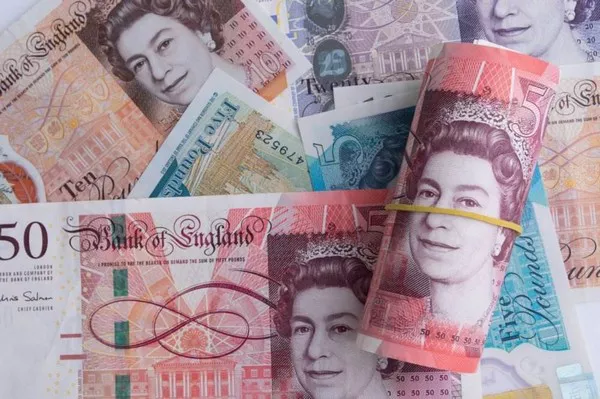The Bank of England (BoE) heads into next week’s interest rate decision grappling with mixed economic signals. UK unemployment hit 4.6% in the three months to May—the highest since July 2021—amid fallout from Chancellor’s Autumn Budget measures, including higher national insurance contributions and a living wage hike. Job vacancies plunged by 63,000 to 736,000, and payrolls experienced their steepest drop since May 2020.
Despite the cooling labor market, wage growth remains elevated at 5.4% year-on-year (excluding bonuses), well above the Bank’s 3% target for wage growth consistent with its 2% inflation goal. Inflation itself stands at 3.5% and is expected to rise further, though the BoE views these pressures as temporary.
Retail sales data also points to a slowing economy, marking the slowest growth pace in six months as of May. These factors add complexity to the BoE’s policy deliberations, balancing weakening economic conditions against sticky inflation.
Governor Andrew Bailey highlighted “heightened unpredictability” due in part to US trade tariffs, further complicating forecasts. The Monetary Policy Committee (MPC) is widely expected to keep the base rate steady at 4.25% this time but is anticipated to cut rates twice later this year.
Economists caution that while the labor market shows signs of easing, strong wage growth may delay immediate cuts. Market pricing currently forecasts at least one 25 basis point cut by year-end, potentially followed by another. However, ongoing global risks—especially the looming end of the US-China tariff pause—could keep inflation elevated and slow the pace of BoE’s rate reductions.


